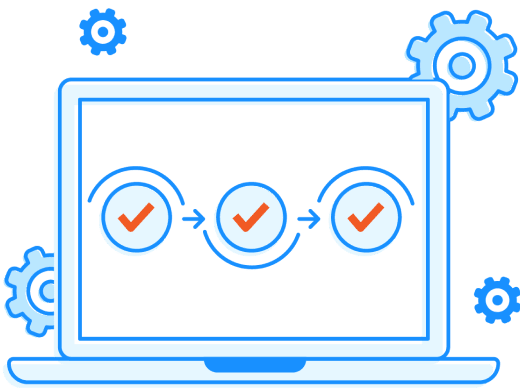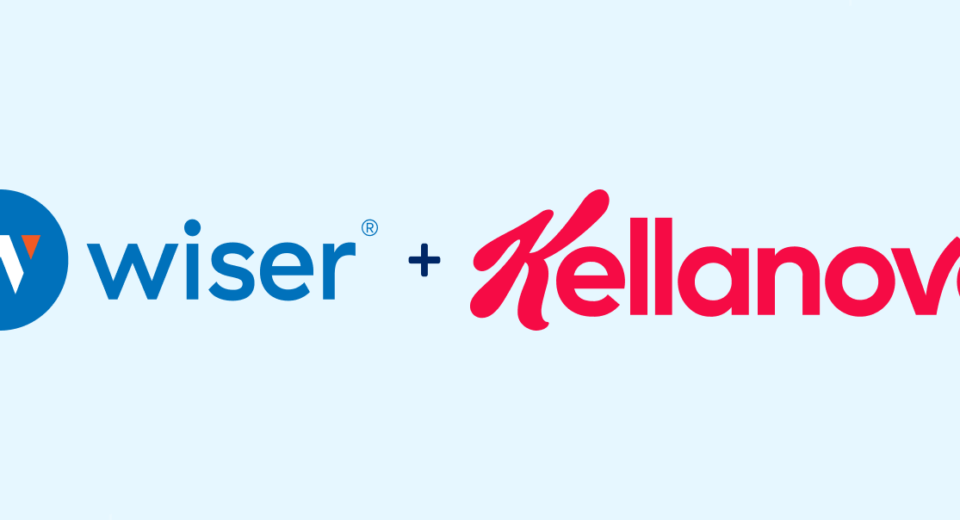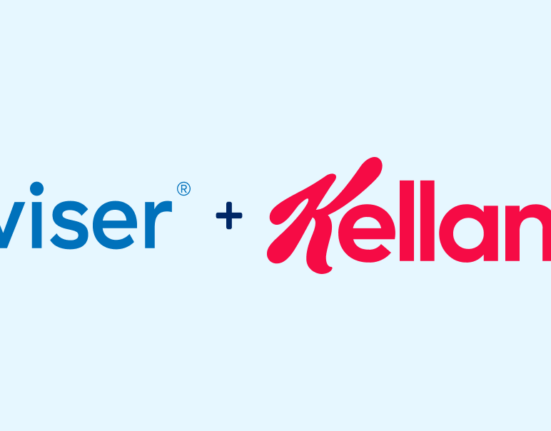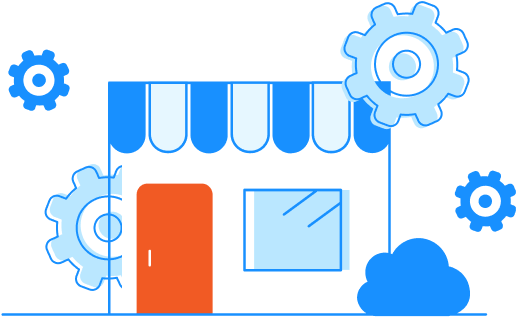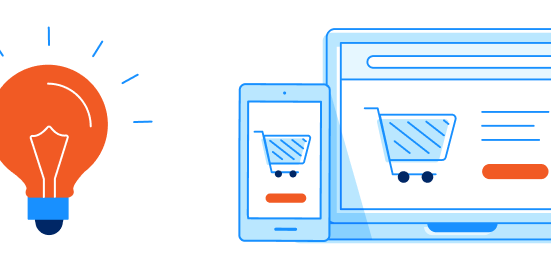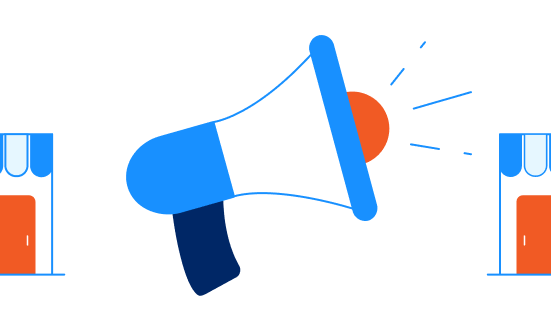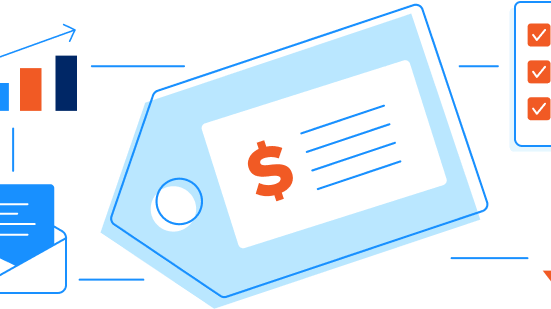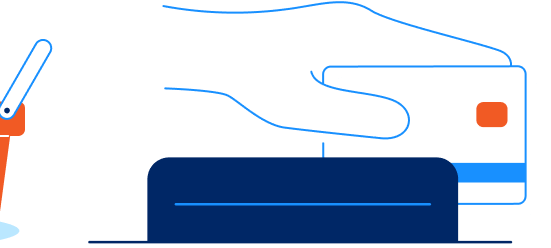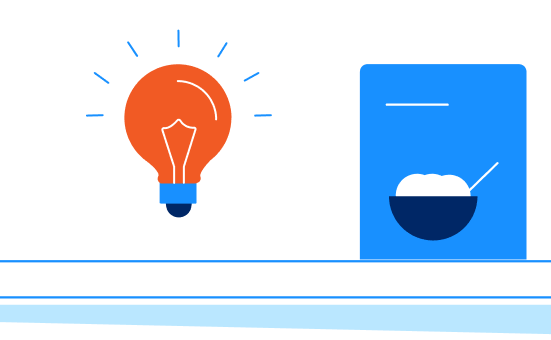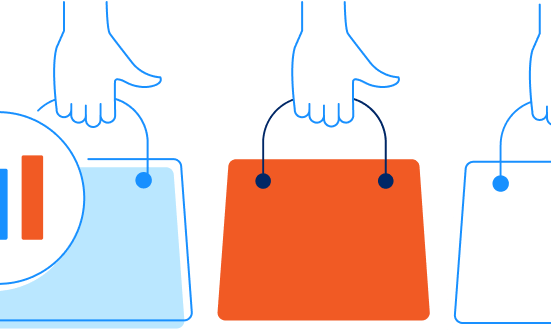Home
Learn From The Commerce Execution Leaders.
Latest Articles
Harmonizing Digital and Traditional Channels: Navigating Brand Management Challenges in the CPG Industry
In the dynamic world of Consumer Packaged Goods (CPG), brand management is a critical function that navigates complex landscapes to.
- by Mollie Panzner
- April 18, 2024
Unveiling Success in the Snacking Sector: Kellanova Canada’s Retail Revolution with Wiser
In the dynamic world of Consumer Packaged Goods (CPG), embracing change and leveraging technology are not just strategies but essential.
- by Mollie Panzner
- April 16, 2024
Popular Topics
Browse Our Guides

Brand Management: How to Create a MAP Policy, Implement MAP Monitoring, and Protect Your Brand

Editor's Choice
News From Wiser
